In 2008 I quit my well-paying corporate job and moved to a remote Himalayan region called Ladakh to search for Snow Leopards. My wife, my beautiful, big-hearted, deeply understanding but long suffering wife. She was not impressed of course, but to her eternal credit, she understood my need to do this.
This was 2008, when the big GFC hit and everyone was puckering their arseholes at work so the chair they were sitting on couldn’t be snatched from under them. But the number of fucks I gave about keeping my job could be counted on a blind man’s hands (so anywhere between 0 and 2, depending on how many hands the blind man had). The call of the wild was irresistible and I was answering it.
This was 2008, when the big GFC hit and everyone was puckering their arseholes at work so the chair they were sitting on couldn’t be snatched from under them. But the number of fucks I gave about keeping my job could be counted on a blind man’s hands (so anywhere between 0 and 2, depending on how many hands the blind man had). The call of the wild was irresistible and I was answering it.
Ladakh is the northernmost tip of India, bordering Kashmir (both Indian and Pakistani) to the west, Tibet to the east and Chinese Turkistan (Xinkiang) to the north. It is geographically, ethnically, culturally, religiously, linguistically and historically Tibetan. It’s also an integral part of India. If you have lived or travelled through India, you will understand this. However, if you’re one of those people who think of India as one big, hot, crowded plain teeming with fanatic Hindus who man phones all day, play cricket in their lunch breaks and dance Bollywood at night, you should get out more. And watch less TV.
The name Ladakh literally means “Land of high passes”. And they’re not kidding. In a place the size of England, there is no bit of land that is below 3,500M. The highest peak is close to 8,000M. 4 of the 5 highest motorable roads in the world are in Ladakh, including the highest, over Marsimik Pass, at over 5700M. Located north of the main Himalayan range, Ladakh falls in a rain shadow and is deprived of the monsoonal rains that fall over most of the Himalayas. As a result, Ladakh is a high altitude desert. Due to its altitude, latitude and unique geography, Ladakh has extreme temperatures ranging from -30 to +40 degrees and is one of the coldest inhabited places on earth. It is also culturally fascinating, being at the cross roads of the Ancient Silk route, while the inhabitants have historically been traders and nomads.
The name Ladakh literally means “Land of high passes”. And they’re not kidding. In a place the size of England, there is no bit of land that is below 3,500M. The highest peak is close to 8,000M. 4 of the 5 highest motorable roads in the world are in Ladakh, including the highest, over Marsimik Pass, at over 5700M. Located north of the main Himalayan range, Ladakh falls in a rain shadow and is deprived of the monsoonal rains that fall over most of the Himalayas. As a result, Ladakh is a high altitude desert. Due to its altitude, latitude and unique geography, Ladakh has extreme temperatures ranging from -30 to +40 degrees and is one of the coldest inhabited places on earth. It is also culturally fascinating, being at the cross roads of the Ancient Silk route, while the inhabitants have historically been traders and nomads.
I’ve been fascinated with Tibet ever since I saw a picture of a lama on a barren mountain with snow peaks in the background. I was about 18, impressionable and full of a romantic optimism about the world. I devoured any literature I could lay my hands on about the history, culture and geography of Tibet. There were plenty of Tibetan refugees settled in Delhi at the time and I accosted many a random Tibetan and Ladakhi in the street, bought them a lassi (coffee wasn’t cool then) and talked about Tibet. Tibetan girls were uber-exotic to me and when I finally bullshitted an exceptionally pretty one into hooking up with me, I felt like I’d won the lottery. She taught me many things about Tibet, including the language. Then, in the Y2K, I went to Ladakh for the first time, alone, with a rucksack on my back and it blew me away.
It took me 3 days of non-stop travelling on rattly buses to get there but I didn’t even notice the discomfort of the journey, I was so excited to finally be going to the promised land.
I spent a couple of weeks wandering about, camping, climbing mountains and just taking it all in. Ladakh was spectacular beyond my expectations. It has the rare capacity to slow time down to a standstill. I wanted to sell everything I owned, become a lama and settle down in a monastery right there and then.
Except, I didn’t own anything I could sell and the world was relying on my software coding skills to save it from collapsing on itself because of the Y2K bug.
So no, I didn’t become a buddhist monk but I did go again to visit a few years later. Then I immigrated to Australia and along came 2008. While most of the world was preoccupied with stock and property prices, I was sneakily dreaming of snow leopards.
So no, I didn’t become a buddhist monk but I did go again to visit a few years later. Then I immigrated to Australia and along came 2008. While most of the world was preoccupied with stock and property prices, I was sneakily dreaming of snow leopards.
Snow Leopards are one of the rarest and most elusive animals in the world. To spot one, it takes days of planning, investigating, walking, hiding and waiting in very steep, high altitude terrain. And even with the best guides in the world, you have to be extremely lucky to see one. If you truly appreciate what a freak of nature a Snow Leopard is though, it will all be worth it. The “Shan”, as the Snow Leopard is called in Ladakh, is an animal with almost supernatural strength and cunning. It only weighs about 40-50KG but can leap upto 10M in a single stride, kill and carry prey three times its size in its jaws, jump up steep rock faces and disappear at will.
I have been fascinated with Snow Leopards almost as long as I’ve been fascinated with Tibet.
I have been fascinated with Snow Leopards almost as long as I’ve been fascinated with Tibet.
Bored with the futility of my corporate job, I turned to the internet for salvation. After much distraction and noise, I did indeed find my Salvation. The “Snow Leopard Conservancy” (SLC), a multi-national NGO dedicated to, surprisingly, conserving snow leopards. The Snow Leopards are now found only in certain areas in the Himalayas (including Ladakh) and central asia. Once I'd made contact with the SLC, it didn’t take long for me to pack it all in in Oz and soon I found myself driving up over the mountains to Ladakh, with some old mates. Memories came flooding back as we crested the many passes en route to the land of high passes.
I met Jigmet Dadul for the first time in the small, cramped 1 room office of the Snow Leopard Conservancy in Leh, the capital of Ladakh. A small, friendly and unassuming Ladakhi man, he is now known as one of the foremost snow leopard trackers in the world. I spent the next 2 months travelling around Ladakh with Jigmet and his team tracking snow leopards and collecting data. The SLC was also involved in helping villagers setup a HomeStay program for tourists that would provide much needed extra income for villagers. How does this help the survival of the Snow Leopard you ask? Well, it’s pretty clever. In the winter, when prey is scarce, Snow Leopards sometimes descend near villages, enter livestock accommodation and cause chaos. The leopard only needs to kill one sheep or goat to keep itself fed for a week but it’s so powerful and the sheep so panicked that there is a lot of collateral damage.
Such attacks are a huge financial setback to villagers, who sometimes kill Snow Leopards in retaliation. The homestay program is designed to provide villagers with an alternate source of income so they are not totally reliant on livestock. The tourism potential of the Snow Leopard will also encourage demand for Homestays, which will provide incentive to protect Snow Leopards instead of attacking them. The SLC is pioneering many such innovative community-based protection schemes as they realize that the only way to save the Snow Leopard in the long-term is to make it a friend of the humans that it lives close to.
Anyway, we set off from Leh in an old jeep one fine afternoon, headed for Zanskar. The name Zanskar was like magic to me. The most hardcore of hardcore places, Zanskar is one of the remotest places on earth. If Ladakh is Australia, Zanskar is the remote Kimberleys. Hemmed in by snow covered mountains on all sides and no airport, Zanskar is cut off from the rest of the world for 8 months of the year during its severe winter. Until recently the only way to get in and out of Zanskar in summer was walking 14 days over multiple 5000M high passes. In the winter, the only way out was walking 10 days through the terrific Zanskar river gorge, mostly on the icy surface of the frozen river itself! Around June, when the snow finally melts on the Pentse La Pass, the only road coming into and out of Zanskar becomes operational for a few short months until impassable snow builds up again by October. I felt like an explorer heading into the unknown as we bumped our way towards Zanskar.
| Comments |
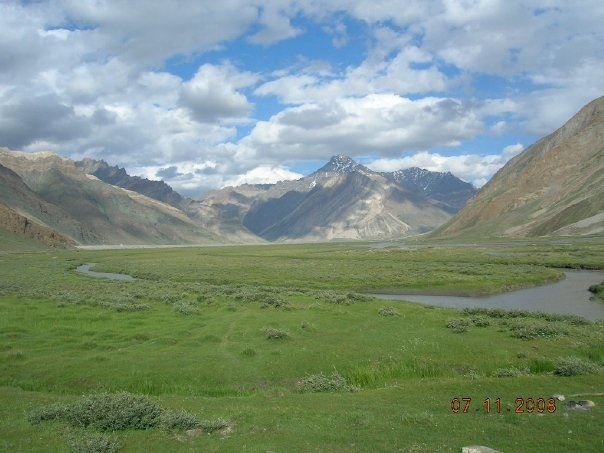
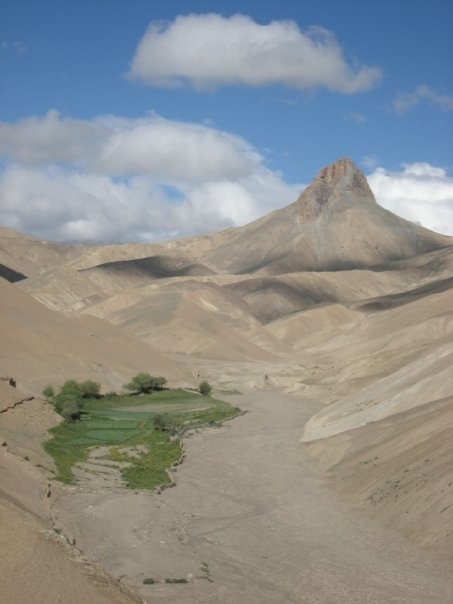
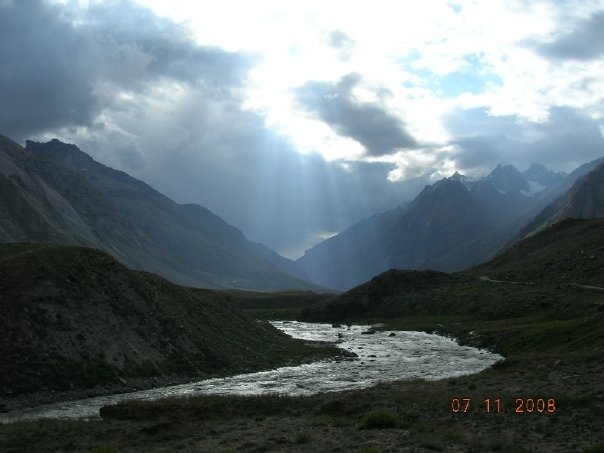
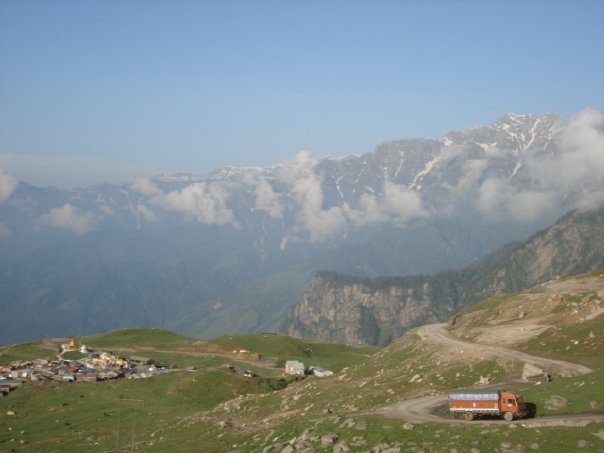
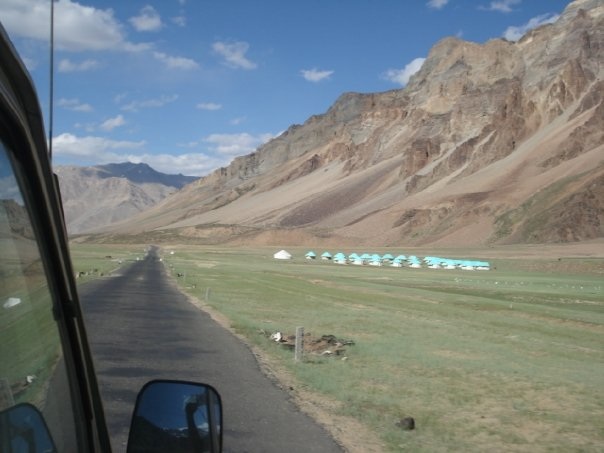
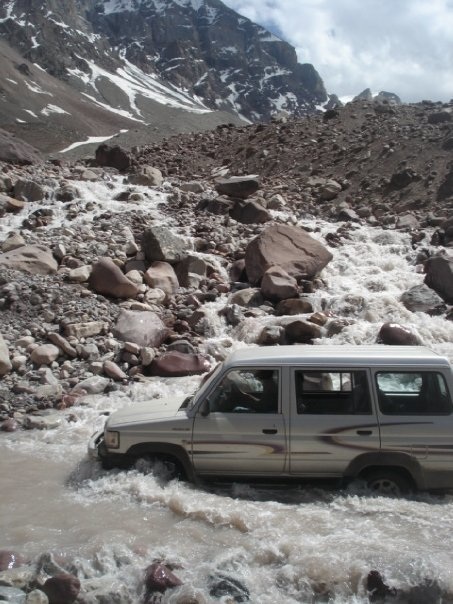
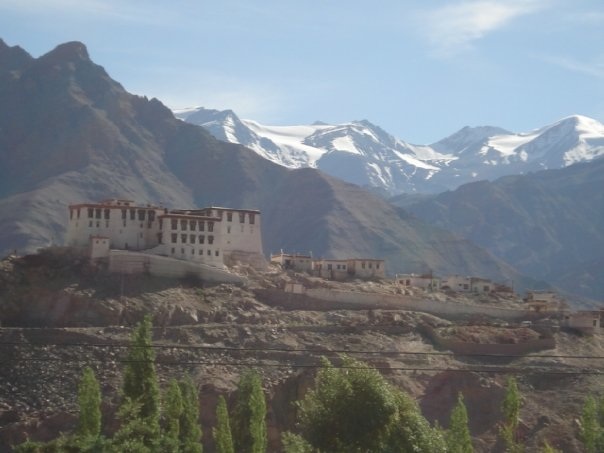
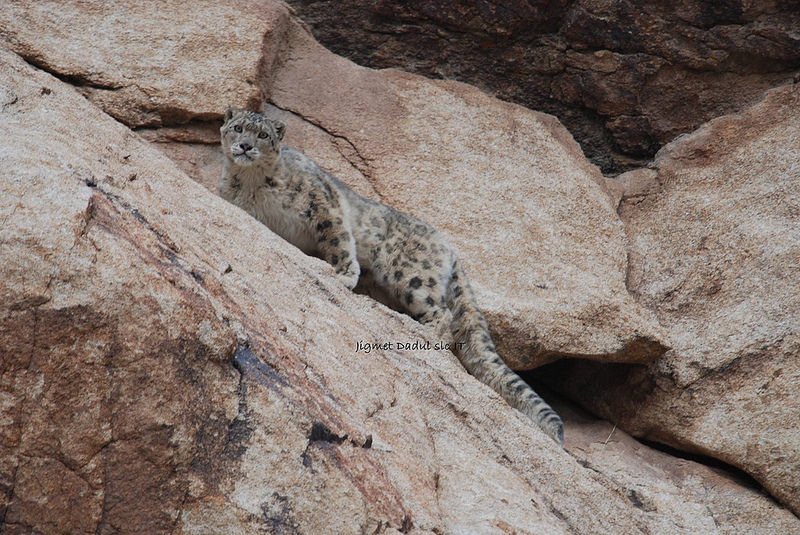
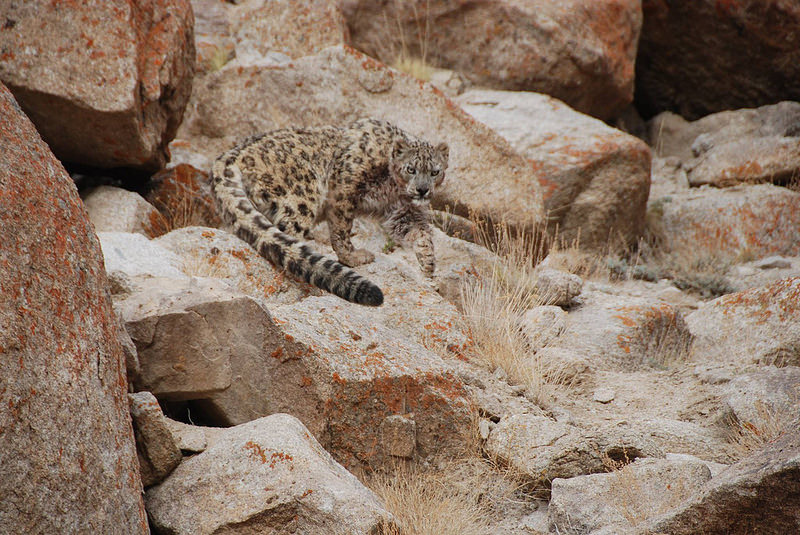
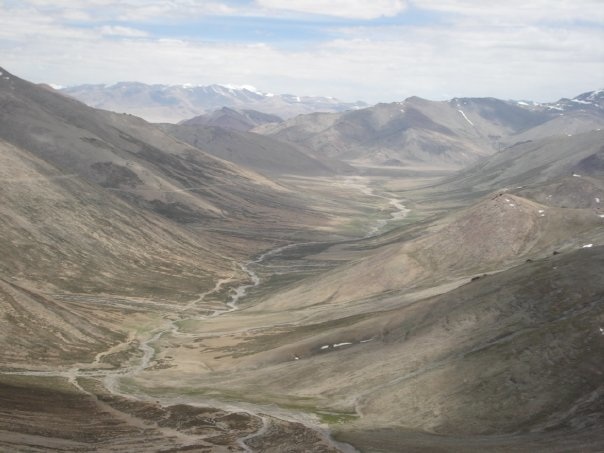
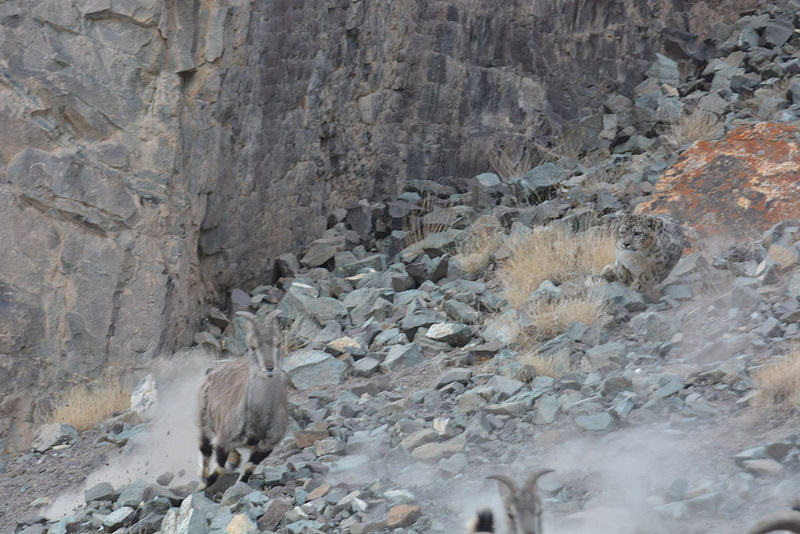
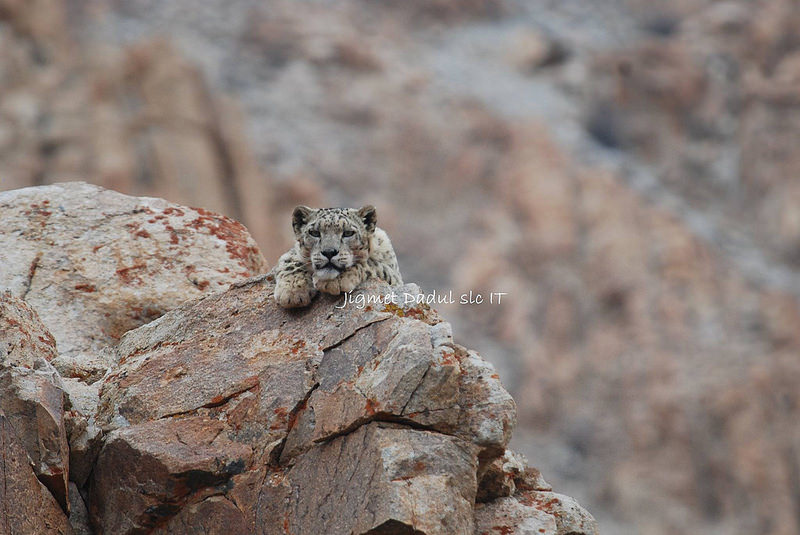
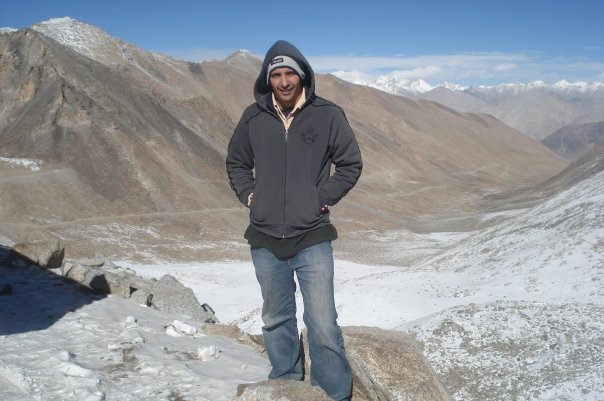
 RSS Feed
RSS Feed